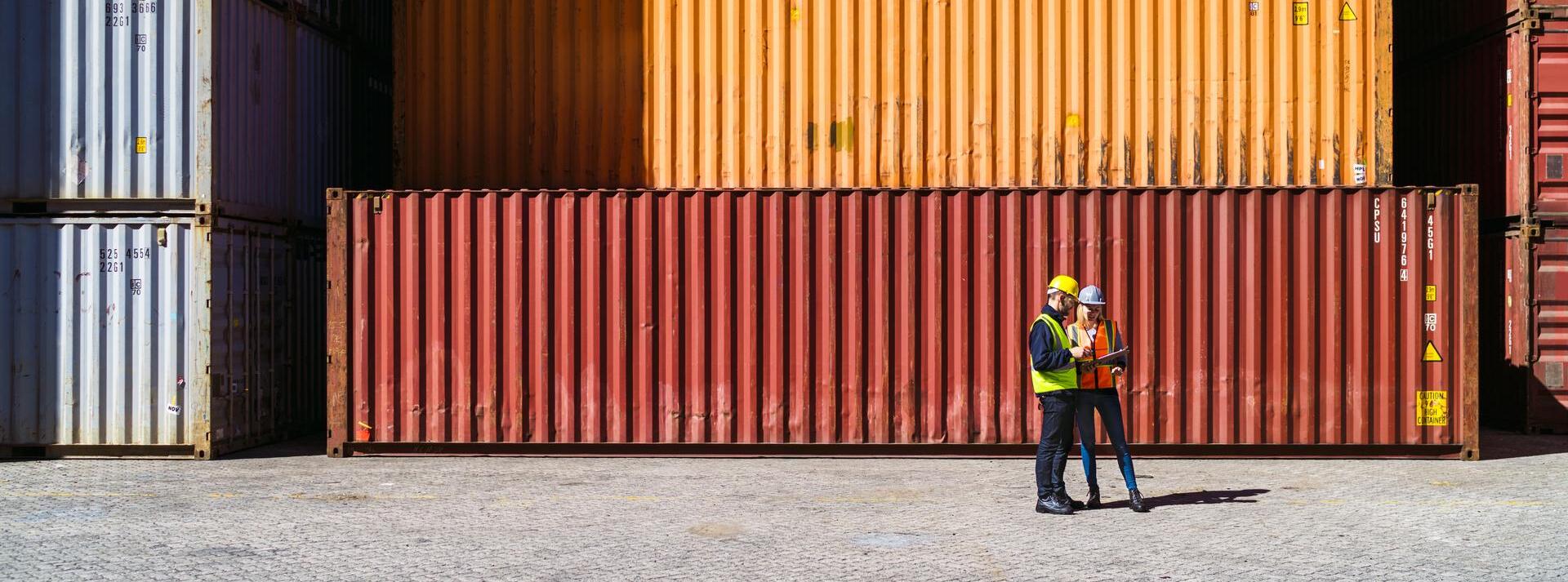Despite the inflationary backdrop in 2023, the non-luxury textile segment grew by +4% y/y in Europe and by +6.5% in China as demand was resilient. In the US, sales flatlined in 2023. In 2024, non-luxury sales are expected to grow by +1.5% in Europe, +1% in the US and +5% in China. The luxury segment fared much better in 2023 across regions with growth of +13.5% in Europe, +2% in the US and +9% in China. Nevertheless the momentum should slow down, with +4%, +3% and +5% expected in 2024 for Europe, the US and China, respectively.
Overall, consumer spending on fashion remains under pressure and trends such as ultra-fast fashion brands and the purchase of second-hand goods are only gathering steam. Although positive for sales volumes, ultra-fast fashion is contributing to pushing prices down and forcing the whole supply chain to adapt to an even faster pace, putting pressure on margins. The growth of the second-hand market is being boosted by online platforms and embraced by retailers that are introducing trade-in programmes for old clothes for sustainability and branding motivations.
Firms in the sector are also facing higher labor costs and higher prices for commodities and energy, which is weighing on profitability. However, despite this challenging environment, non-luxury companies posted a stable EBIDTA margin at 11% in 2023.






